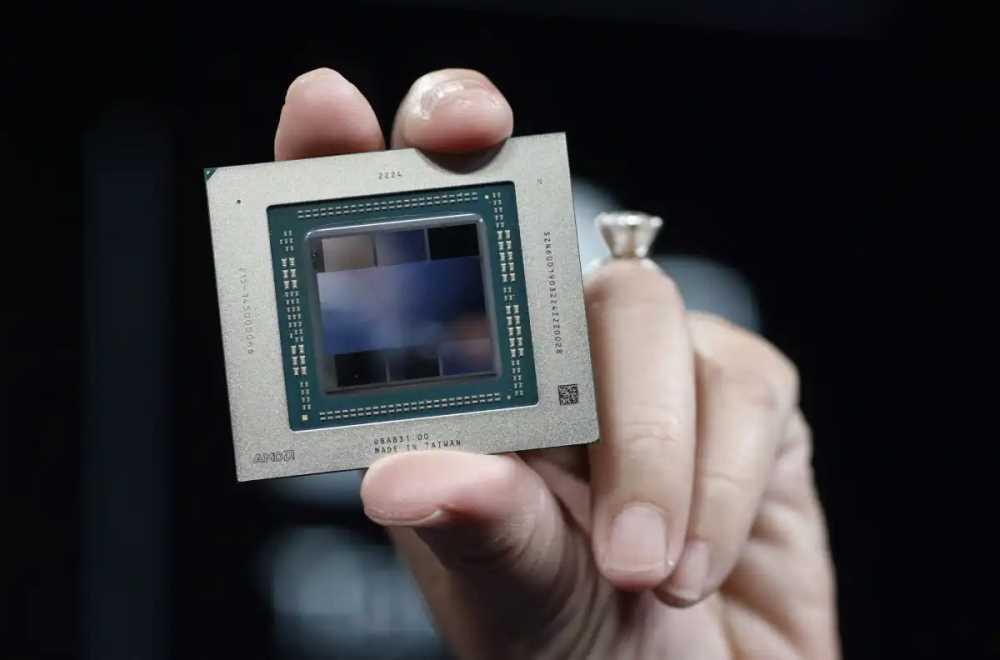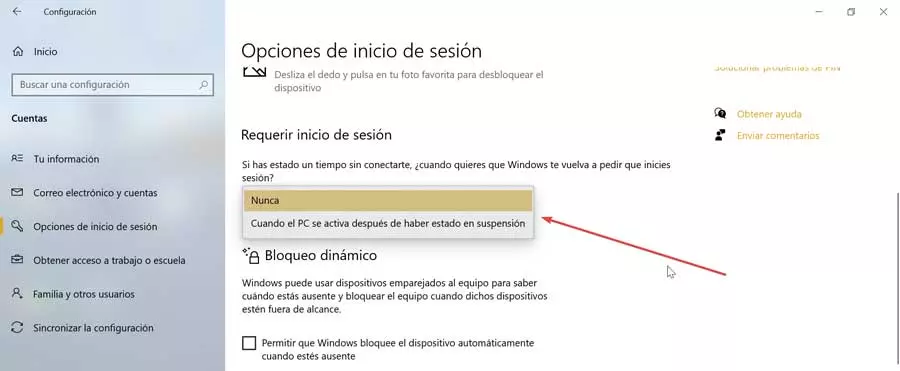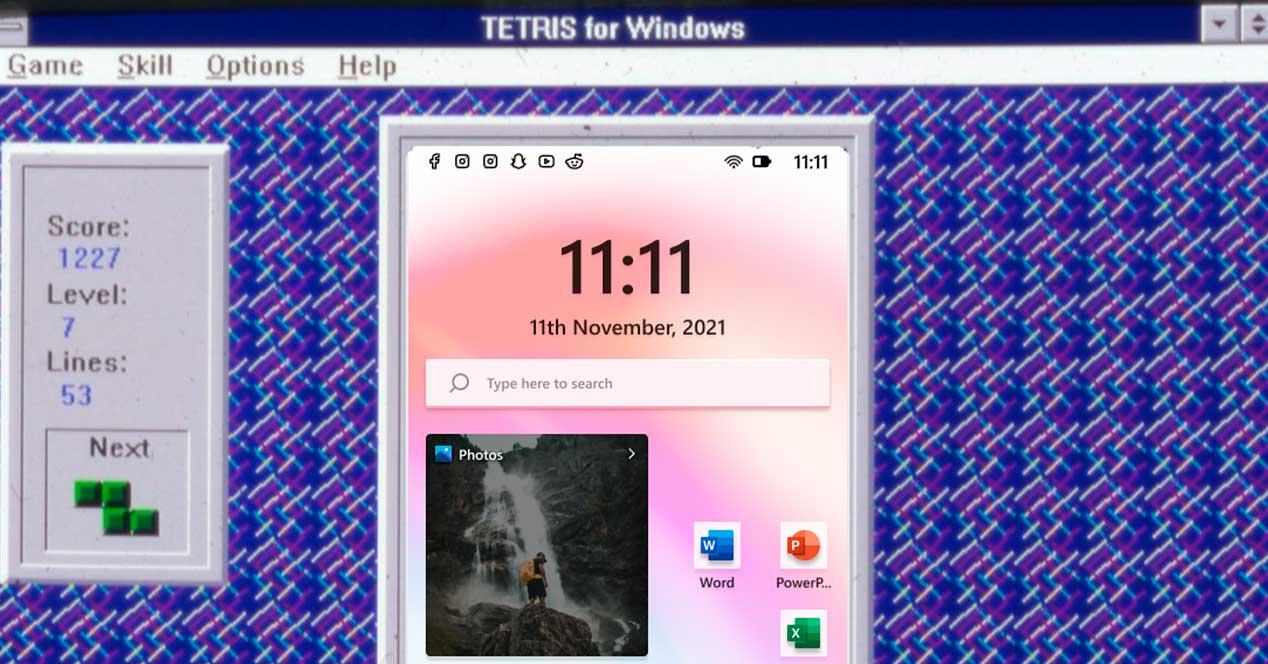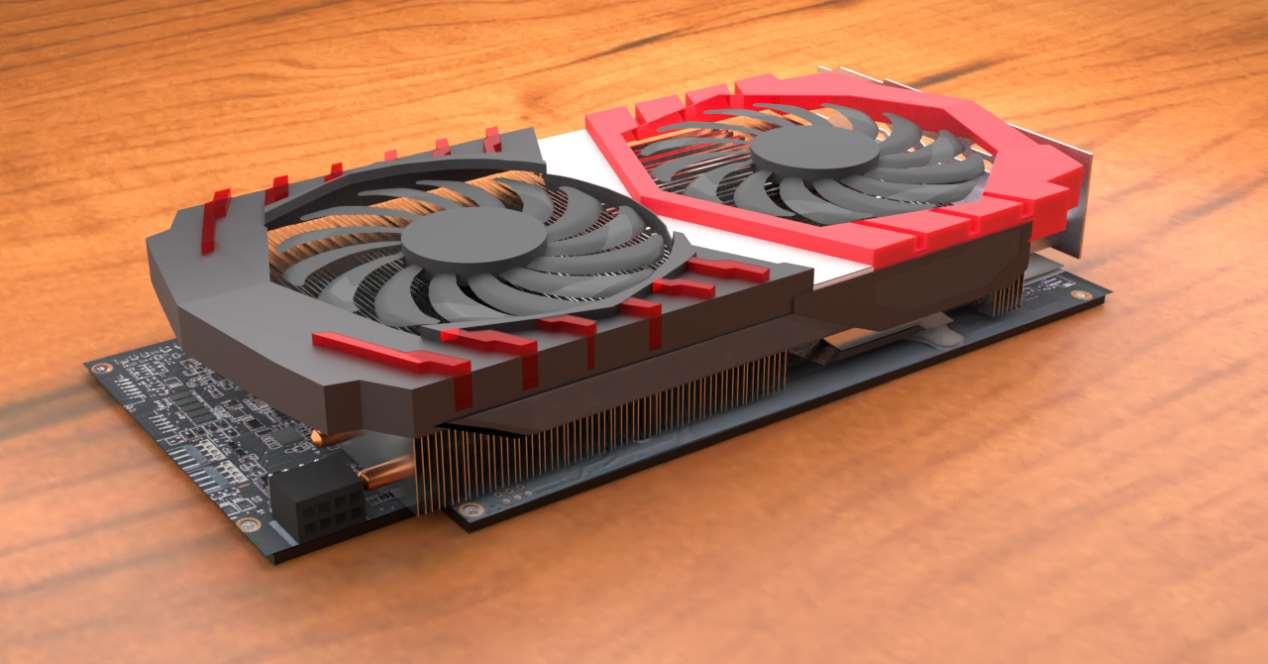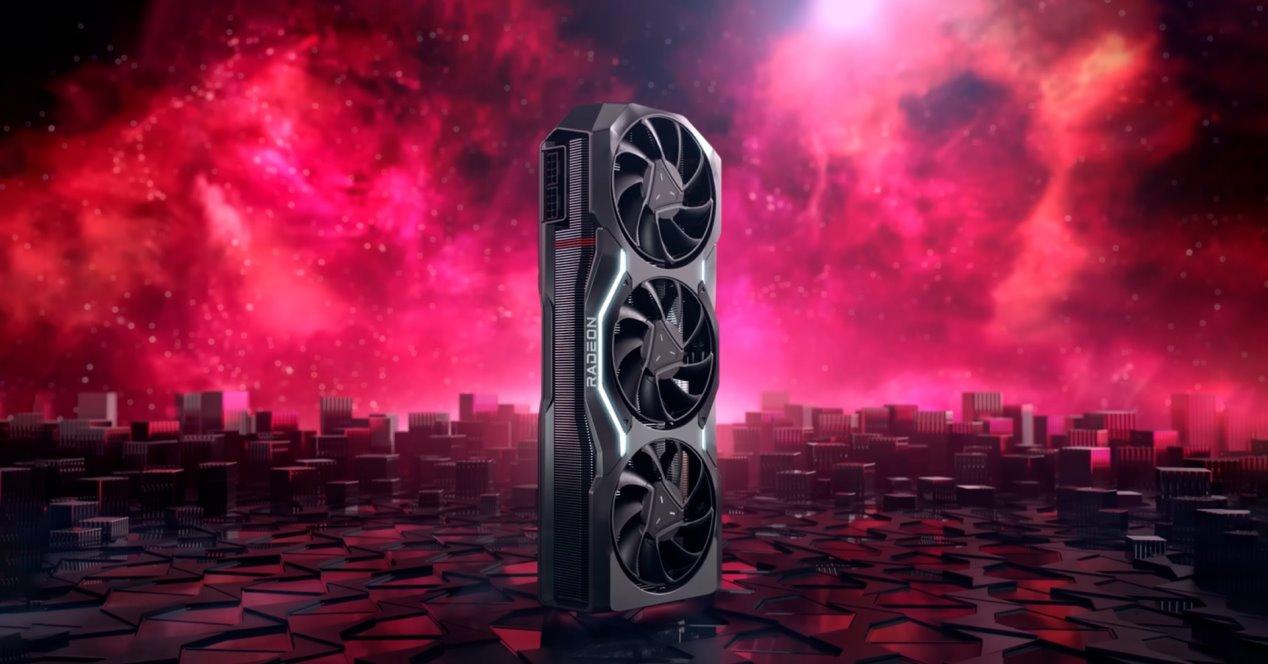
The launch of GPUs with RDNA 3 architecture has become controversial to say the least, what was a golden opportunity for AMD to take advantage of a unique opportunity has turned into a series of controversies that not only affect the new generation of Radeon graphics cards , but they support the leadership of an NVIDIA that is that it can freely do what it wants. The last? Limit overclocking on the RX 7900.
If yesterday we commented on AMD’s response regarding the temperature that the GPU of its graphics cards can reach, today we are going to talk about the other side of the coin. It is no secret that the relationship between voltage and clock speed could be better in the RX 7900. This directly affects the consumption when reaching a certain amount of MHz and with it the heat released. However, this is something that is part of the chip design and cannot be fully resolved with a simple patch. Yes, some minor optimizations can be made, but overall the GPU needs to be brought back to the drawing board.
AMD officially limits overclocking on the RX 7900
We have been giving you the evidence in various news items in recent days, however, they were still general observations from the users themselves and not from the manufacturer. Well, something must happen with AMD’s Navi 31 chip, the one that is mounted on the RX 7900 XTX and RX 7900 XT so that the Radeon Technology Group has decided that You can only modify the voltage and clock speed parameters from their official applications.
The reason for this is that, in terms of architecture, in RDNA 3 have made changes to how Power Play Tables are handled, which are used by several overclocking programs to be able to adjust certain basic parameters from them. Whether we want to make these reach a higher clock speed and take advantage of the additional power, or if we want to undervolt in the process.
The use of this method is one of the safest that exists, since being active would allow overclocking the RX 7900 from the operating system itself and without having to perform operations as complicated as using a modified firmware for the graphics card. The fact is that it was a way to vary the clock speed of the graphics card that could be done in the previous generation.
Why has AMD done this?
Well, it depends on whether you look at the glass full or empty. One explanation is that it is very likely that the chip will be finished before the mining bubble crashes. The fact of not being able to perform voltage and clock speed manipulation is not only for overclocking purposes. That is to say, these RX 7900 would not have been efficient to be placed in miners since they could not vary the consumption curve to one that was more efficient.
The other explanation, however, is more negative, AMD knows the limitations of their chip, but they had a roadmap and a launch to carry out, time was against them and they could not afford to give it an advantage. of time to NVIDIA delaying its own graphics cards. Given the gaming performance is equal to that of the RTX 4080, if we do not take Ray Tracing into account. Even with the overclocking issue, the RX 7900 are excellent graphics cards for the end user and the limitation we are talking about would only affect a minority, which would not have justified a delayed launch.
